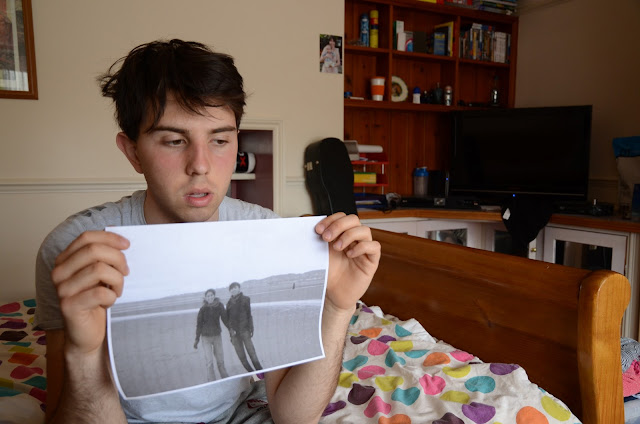Recapturing the Real deals with memory and photography verisimilitude and challenges misrepresentations of the photograph through memory revival. Often in photographs people provide a false representation of their true selves in order to portray themselves positively and thus fit in with society. The smile is an example of this as it continuously masks the true emotions and feelings that are felt at the time, and this performance of happiness may even completely contrast with the subjects emotions during the brief and ephemeral photographic shot. This exhibition is self-reflexive and interrogative; offering the idea that a memory relived can portray more sincerity and truth than that of its photographic counterpart which was taken at the time.
Providing an insight into the lives of my mother, brother and partner, this project highlights the extent to which we, as a society, will go to avoid being represented negatively. However, questions are also raised throughout regarding erroneous memory recall and whether a photograph's existence alters the memory of a certain point in ones life, or the discussion of this time can fracture the truth and spawn dis-realities.
Inspirations from this project derive from the memory-based reenactment projects of Irina Werning who stages photographs of people to be consistent with a photograph of them from many years before, evoking the idea of memory reminiscing. The focus on close relationships and people within their personal spheres, in this exhibition, was also inspired by photographers such as Michelle Sank and Tina Barney - who documented her family in their homes, resulting in candid, although staged, insights into personal and wealthy environments. This exhibition will appeal to anyone who is intrigued by the human psyche and condition.
1. Dave's Memory Opposites
2. Dave's Rest and (memory) Revival
3. Djordje's Reality
4. Djordje and the Dragon
5. Anne's Bittersweet Memories
6. Anne's Motherhood Memories






.JPG)
.JPG)















.JPG)





















